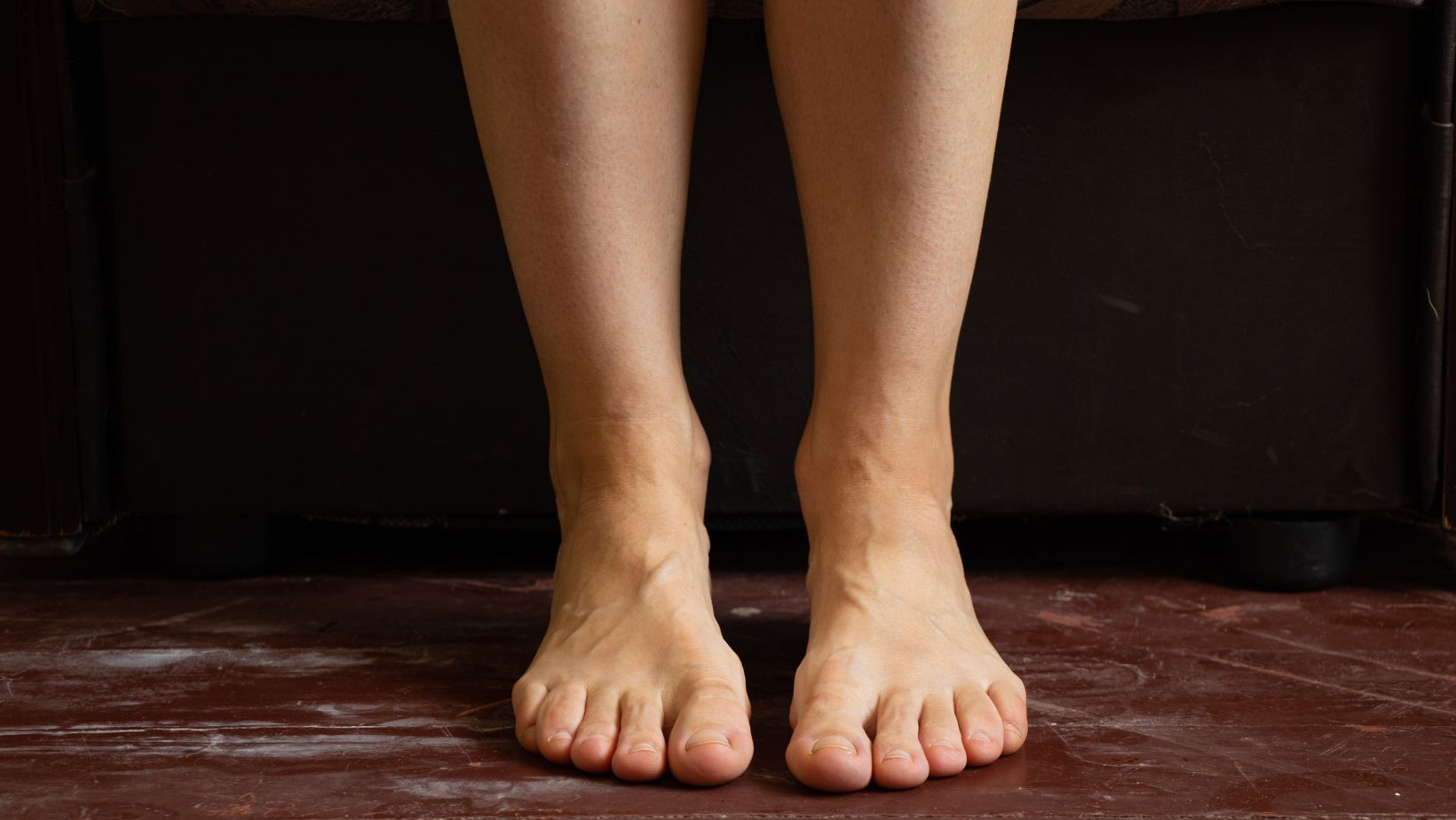Have you ever taken a moment out of your bustling day to sincerely thank your feet for the hard work they put in? Every step you take, every trail you hike, and every sock you struggle into relies on the health, wellness, and comfort of your feet.
In particular, you owe a great deal to your foot arches for their use in jumping, running, and, of course, the intricate art of tip-toeing around sensitive topics. So, what happens when these faithful arches “fall?” Learn about the causes and symptoms of fallen arches, and how compression socks and orthotics can help.
Understanding Fallen Arches
Fallen arches, or flat feet as they are often called, occur when the arches of your feet flatten, allowing the entire sole of your foot to touch the ground when you stand up and walk. Think of your foot’s arch like a well-engineered bridge, under which there’s normally sufficient clearance to slip a few pesky pebbles.
If the bridge “falls,” it would touch the ground, wouldn’t it? That’s precisely what happens with fallen arches. There are two main types of flat feet: flexible and rigid. In the case of flexible flat feet, the arch disappears only when you put weight on it, reappearing when you lift your foot up. A rigid flat foot, however, permanently loses its arch, regardless of activity.
These arches have a vital functional role in your everyday activities. They act as natural shock absorbers during movement, and a compromise on them can make walking bumpy and uncomfortable, potentially leading to other joint issues.
What Causes Fallen Arches?
One central cause for fallen arches is age. With age, your tendons and ligaments lose their tight elasticity and can create this condition. But age is not the only factor. Factors like an injury, obesity, arthritis, or even pregnancy can fast-forward this flattening process.
Remember that each foot is a finely tuned structure of 26 bones, 33 joints, and more than 100 tendons, muscles, and ligaments. When there’s a disruption in the harmonious balance of this intricate system, fallen arches could be right around the corner.

Certain conditions that weaken the foot’s muscle or nerve function, like muscular dystrophy or cerebral palsy, can also contribute to this situation. And lastly, don’t forget the power of genes. Sometimes, you simply inherit the flat feet of your ancestors, proving once again that genetics plays more than a fair share in human health.
Fallen Arches Symptoms
What starts as simple foot pain can transform into a whole host of symptoms, like back and leg pain. One of the key tell-tale signs is if your foot’s inside edge looks overly worn when you examine your shoes. Here’s another clue: if your feet tire out quickly or your ankles are consistently sore, it might hint at fallen arches.
Treatment Options for Fallen Arches
So you’ve identified the culprit: fallen arches are robbing your feet of their well-deserved comfort. The good news is that you have several options for managing the pain and maintaining your all-important foot health.
For one, stretching exercises that target the lower leg and foot can alleviate discomfort and prevent further complications. Your feet can benefit from yoga, too. Another simple solution could be hiding in your sock drawer. Compression socks apply gentle, consistent pressure on your arches, supporting healthy circulation and providing substantial relief.
You could also look into orthotics or arch support products from places like Copper Fit, as they brace your arches, offering them the rest they counterintuitively need, even while you’re walking or running.
Further, wearing supportive shoes and maintaining a healthy weight can also help manage symptoms.
When To Consult a Doctor
There are times when home remedies just don’t offer the relief you need. You’ll want to consult a doctor if you notice persistent, worsening pain or if your feet look as flat as a pancake when you stand up.
Schedule an appointment right away if you notice the pain creeping upwards to your ankles, legs, or even your back. Swelling on the inside of your feet is another indication that your feet are in need of health and wellness support.
Marching Ahead With Healthy Feet
Healthy foot care can be about delighting in pedicures or slipping into fancy footwear, but focusing on foot health also ensures the health, wellness, and pain-free comfort of some of your most important body parts.
Remember, treating your foot right is the first step toward a happy, healthy stride in the runway of life. As your toes move within your favorite pair of compression socks, give your feet a nod of gratitude. After all, healthy arches make for a joyful jaunt!
